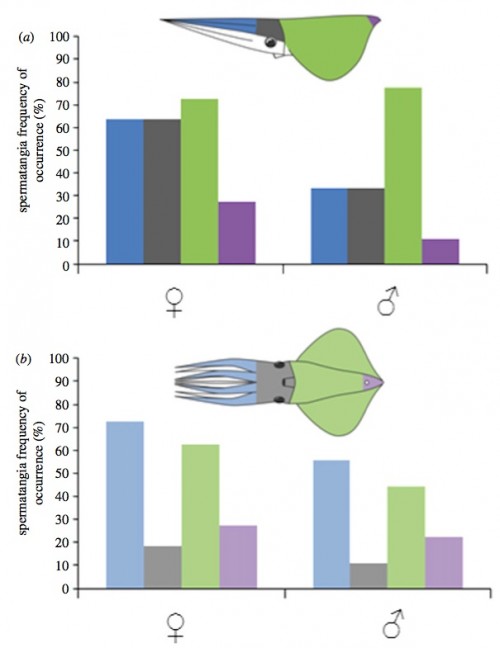Yep. North Carolina is considering a constitutional amendment against gay marriage, so what does this redneck do? He steals a sign urging people to vote against the bigotry, pulls out a gun, and sends a message by shooting it.
Way to defy Southern stereotypes, guy.
(via Joe. My. God.)









